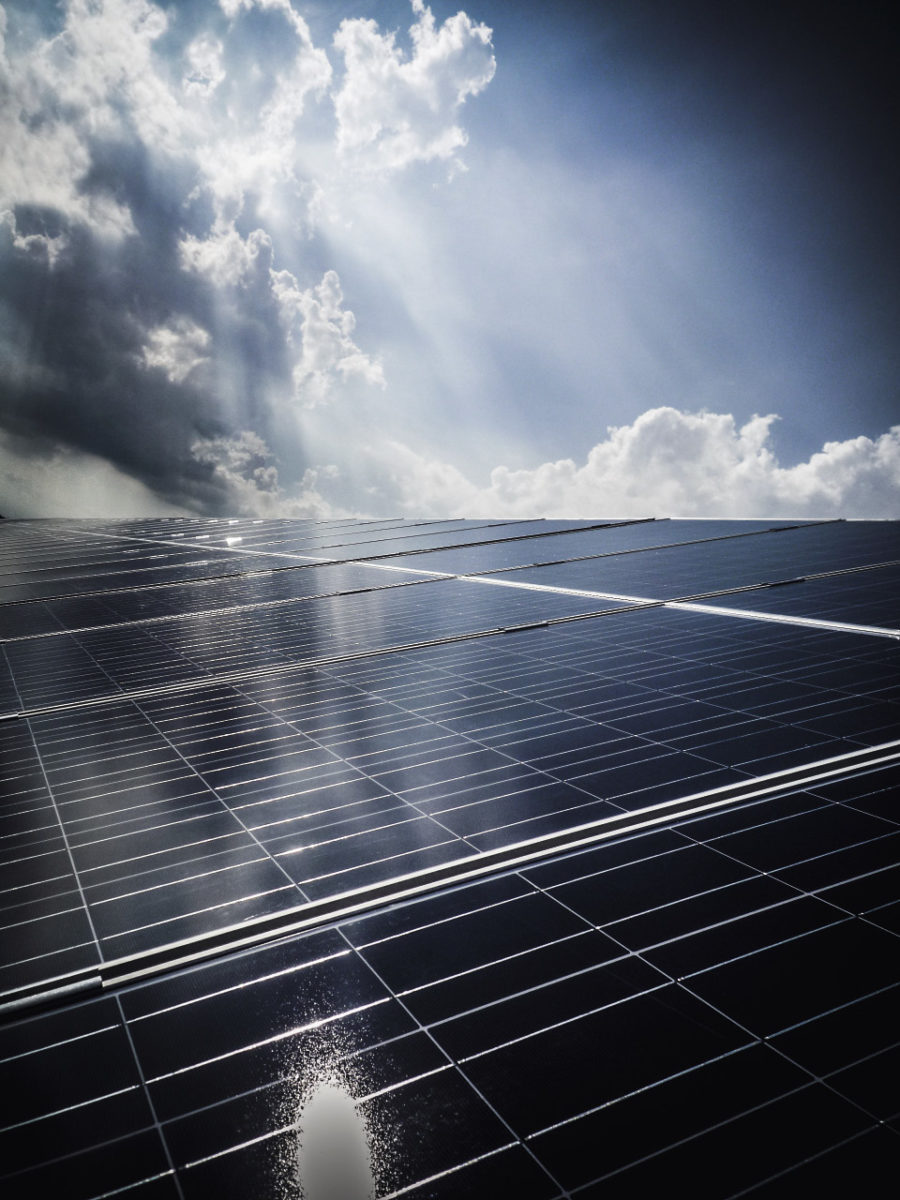The PV grid-parity (when the cost of generating photovoltaic electricity is equal to the cost of grid electricity, assuming that 100% of PV electricity is instantly consumed) is a reality in the commercial segment in Germany, Chile , Spain and Italy, as shown by the thirteenth edition of the PV Grid Parity Monitor study published by the Spanish consultancy CREARA Energy Experts, with the sponsorship of BayWa and the collaboration of Copper Alliance.
The report analyzes the competitiveness of PV generation with respect to the price of electricity from the network for commercial consumers and assesses the regulation of self-consumption in a relatively sunny city in five countries different: Germany, Chile, Spain, Italy and Mexico.
According to the study, in the first semester of 2018, the cost of photovoltaic generation, expressed through the levelized cost of electricity (LCOE) in the commercial segment, decreased in all the cities analyzed (compared to the situation in 2012), while highlighting more recent trends (2017-2018):
Isolating the effect of the exchange rate between currencies, the EPC prices of PV systems have continued to fall in all countries of the study. In Latin American countries, changes in the structure of the electricity tariff for the commercial segment have influenced network parity.
Chile has reached full network parity for the first time in the observatory's history. The sustained reduction of EPC prices in recent years has been accompanied by an increase in the price of electricity for the commercial segment, as a result of the application of Law 20,936, which has transferred the entire cost of the transmission system to the consumer.
Although Mexico has continued with the general trend of reduction in the price of the PV system, network parity has worsened in recent semesters. The changes in the tariff structure carried out by the country have resulted in an increase in the fixed component (charge for capacity) of the tariff, while the variable part (charge for energy), used for the determination of the network parity, has decreased appreciably.
Popular content
The three European countries analyzed, meanwhile, have maintained the grid-parity they achieved in previous years, as a result of greater maturity in the photovoltaic market. However, the reduction in EPC prices has allowed Spain to achieve full grid-parity for the first time, which was a reality in Germany and Italy since the first years of the study.
The study, however, emphasizes that the PV grid-parity alone does not guarantee the creation of a market. José Ignacio Briano, Director of the Consulting Department of Creara Energy Experts, emphasizes that “to develop the PV market, it is necessary to have regulations that, on the one hand, allow the monetization of excess energy and, on the other, minimize administrative barriers. This conclusion is still valid and has been confirmed by the results of this new edition of the GPM study. ”
Briano also emphasizes that “in several countries, photovoltaic remuneration is evolving from a fixed support system to more flexible and competitive compensation systems. Photovoltaic self-consumption could be an alternative investment option, attractive to consumers, as long as an appropriate regulatory framework has been established. ”
The GPM is positioned as one of the most complete analyzes of photovoltaic competitiveness to date: it is based on a rigorous and transparent methodology (detailed in the report), it uses real and updated data, including real budgets (of turnkey installations) provided by local and international installers with a presence in the countries studied. In addition, it offers specific and detailed information by country (or by city, in some cases), such as the discount rate, the electricity prices of the network and the inflation rate.
The report is available on the Leonardo Energy website and on the Creara website.
This content is protected by copyright and may not be reused. If you want to cooperate with us and would like to reuse some of our content, please contact: editors@pv-magazine.com.



By submitting this form you agree to pv magazine using your data for the purposes of publishing your comment.
Your personal data will only be disclosed or otherwise transmitted to third parties for the purposes of spam filtering or if this is necessary for technical maintenance of the website. Any other transfer to third parties will not take place unless this is justified on the basis of applicable data protection regulations or if pv magazine is legally obliged to do so.
You may revoke this consent at any time with effect for the future, in which case your personal data will be deleted immediately. Otherwise, your data will be deleted if pv magazine has processed your request or the purpose of data storage is fulfilled.
Further information on data privacy can be found in our Data Protection Policy.